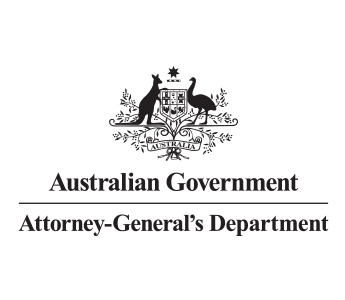Fraud and Corruption – A Guide for Policy Makers
Principles and guidance to help strengthen integrity in government policy and initiatives
Table of contents
Publisher
Commonwealth Fraud Prevention Centre
Publication date
May 2025
This guide has been developed for policy officers. Drawing on the APS Model for Delivering Great Policy, it gives practical advice and key principles to help you minimise the impacts of fraud and corruption on any new policy or initiative by considering and managing those risks in the design phase.
This guide should be considered alongside the Countering Fraud and Corruption by Design Toolkit, which has further practical guidance on how to design and develop fraud and corruption resistant policies or initiatives.

